NAVCENT Launches Saildrone in Gulf of Aqaba for Exercise Digital Horizon
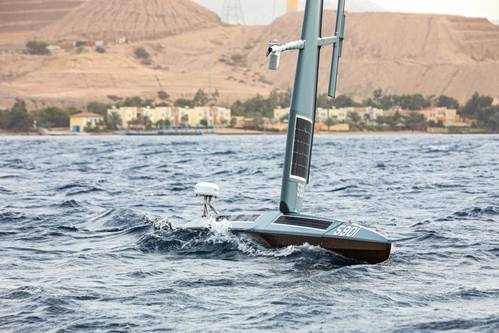
A Saildrone Explorer unmanned surface vessel (USV) sails in the Gulf of Aqaba off of Jordan's coast, Dec. 12, during exercise Digital Horizon. U.S. Naval Forces Central Command began operationally testing the USV as part of an initiative to integrate new unmanned systems and artificial intelligence into U.S. 5th Fleet operations. (U.S. Army photo by Cpl. Deandre Dawkins)
U.S. Naval Forces Central Command (NAVCENT) began operationally testing a new unmanned surface vessel (USV) in the Gulf of Aqaba, Dec. 12, as part of an initiative to integrate new unmanned systems and artificial intelligence into U.S. 5th Fleet operations.
NAVCENT commenced exercise Digital Horizon while launching a Saildrone Explorer USV into the water for the first time from the Royal Jordanian naval base in Aqaba, Jordan. Last month, U.S. and Jordanian naval leaders announced the base would become a joint hub for Saildrone operations in the Red Sea.
“These are exciting times for Task Force 59 as we team with the Royal Jordanian Navy to establish our hub for Red Sea operations in Aqaba and deploy some of our new maritime robotics,” said Capt. Michael Brasseur, commander of NAVCENT’s new task force for unmanned systems and artificial intelligence.
The Saildrone Explorer is a 23-foot-long, 16-foot-tall USV reliant on wind power for propulsion. The vessel houses a package of sensors powered through solar energy for building a shared picture of the surrounding seas.
“Our Saildrones leverage machine learning and artificial intelligence to enhance maritime domain awareness, extending the digital horizon with a sustainable, zero-carbon solution,” said Brasseur.
After establishing Task Force 59 in September, NAVCENT is in the early stages of integrating unmanned systems and artificial intelligence into the U.S. 5th Fleet operational environment.
In October, the task force integrated and evaluated new MANTAS T-12 USVs alongside crewed ships in the Arabian Gulf during exercise New Horizon. On Dec. 4, the task force initiated at-sea operational tests for a MANTAS T-38 USV off the coast of Bahrain.
Ongoing evaluations of new unmanned systems in U.S. 5th Fleet help drive discovery, innovation and fleet integration. The U.S. Navy is learning important lessons that will inform future operational employment.
The Middle East region's unique geography, climate, and strategic importance offer an ideal environment for unmanned innovation through multilateral collaboration. The area includes the world's largest standing maritime partnership, Arabian Gulf, Red Sea, Gulf of Oman and parts of the Indian Ocean.



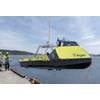
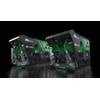
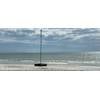







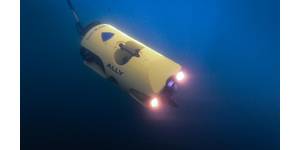
 February 2025
February 2025



